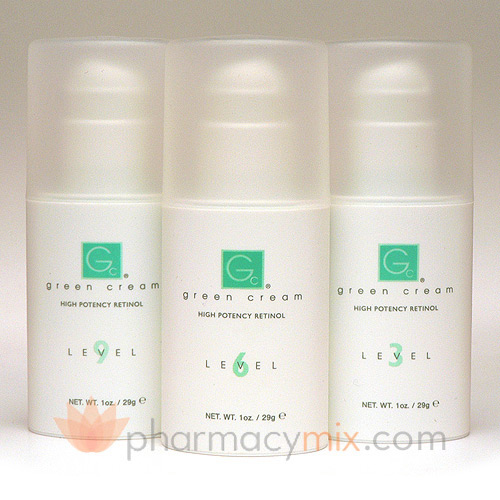Stretch marks affect millions of people and if you have them, you’re not alone. Not surprisingly, individuals with stretch marks are often desperate to be rid of them. If you’re one of the sufferers, then the cosmetics industry is happy to offer a number of products that claim to help. Unfortunately, many of the products that are heavily advertised as being able to eliminate stretch marks are ineffective. Their efficacy is based upon a process that is inconsistent with how the skin works. In order to treat stretch marks properly, it is important to understand why they appear in the first place. Let’s look at how stretch marks occur and effective ways to treat them.
What Causes Stretch Marks?
While many people think that stretch marks are only experienced by women – and primarily those who are pregnant – men can get them, too. They manifest when the skin is overstretched during the course of several months or years. This overstretching can happen as a result of pregnancy, obesity, or even during bodybuilding. When the skin is stretched, the collagen and elastin (which give skin its strength and elasticity) underneath the dermis are disturbed, causing noticeable scars. If a person’s skin is able to heal quickly, the scars will be less noticeable. By contrast, stretch marks are usually more visible on skin that heals less efficiently.
Stretch Mark Treatments
There are a few effective methods for treating stretch marks. Despite what many believe, there are no studies that show that vitamin E is helpful. Because stretch marks are scarred tissue underneath the dermis, applying vitamin E oil won’t reduce their severity. Studies have shown, however, that another vitamin, vitamin A holds promise. Vitamin A derivatives such as tretinoin and retinol work by encouraging the production of collagen under the dermis. While tretinoin is available only by prescription, retinol is available in over the counter preparations such as Green Cream. While both are effective options, some individuals may find tretinoin highly irritating and if this is the case, retinol may be a better option. In both case, start slowly, gradually building up dosage and concentration. Do not use Vitamin A derivatives if you are pregnant or nursing.
Other studies have shown high potency Vitamin C serums and creams to be effective as well.
Other treatments that have been shown to have a positive effect on stretch marks include dermabrasion and laser surgery. Chemical peels such as trichloroacetic acid can help tighten the skin while stimulating collagen production, reducing the visibility of the scarred tissue. Laser treatment has been known to stimulate pigmentation which can also help improve the appearance of the scarred area. Check with your dermatologist as treatment options are not suitable for all skin types.
A lot of cosmetics manufacturers lure unwary consumers to buy “solutions” that promise to either prevent or eliminate stretch marks. They are often advertised as moisturizing creams that penetrate deep into the skin to rebuild the scarred tissue. Unfortunately, most of these products cannot do what they claim. Remember, stretch marks occur due to the disruption of collagen and elastin under the dermis. Moisturizers typically don’t encourage the production of either collagen or elastin.
If you are dealing with unsightly stretch marks, try a topical agent that includes a retinoid as an active ingredient. You may also want to add a product containing Vitamin C. While there is no magic bullet that can completely eliminate the scarred tissue, these two ingredients have some science to back up their use.



